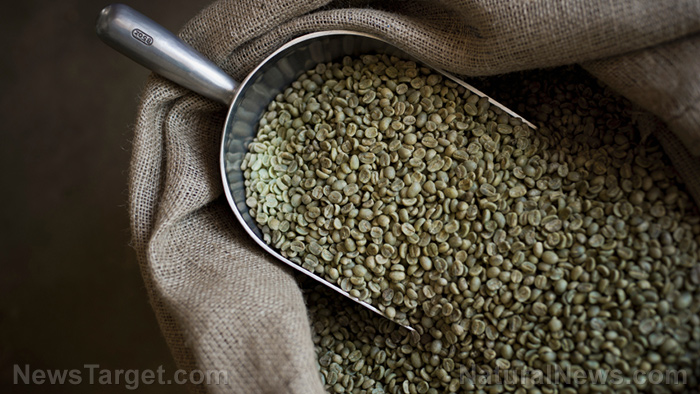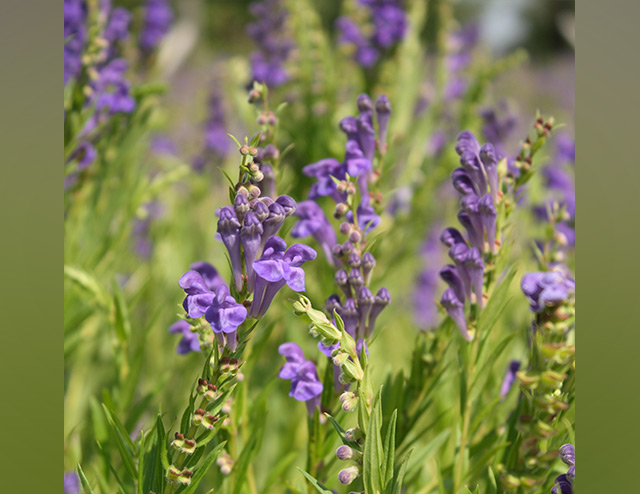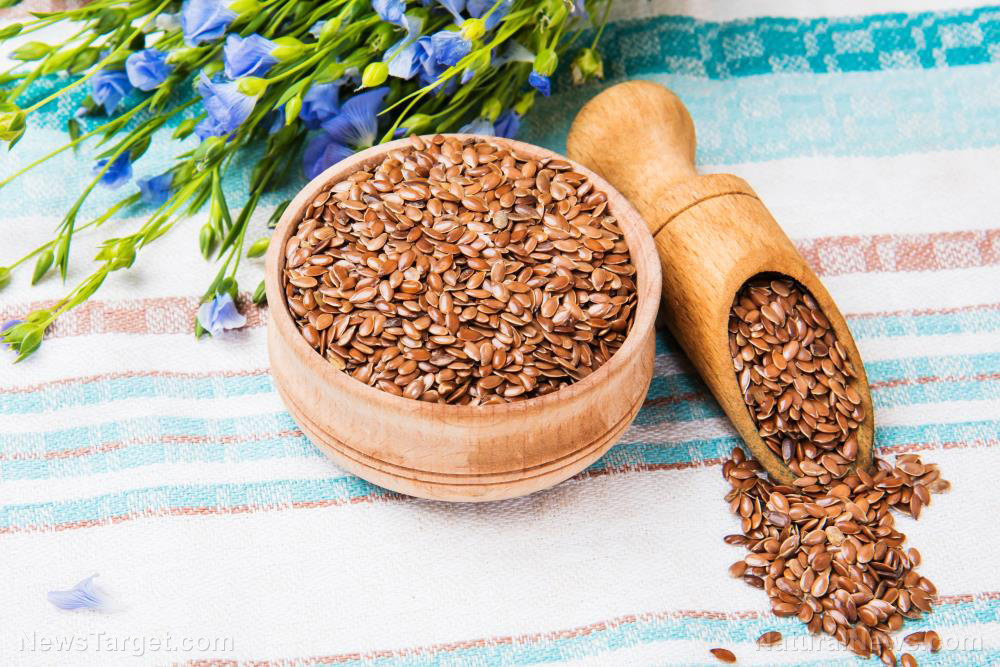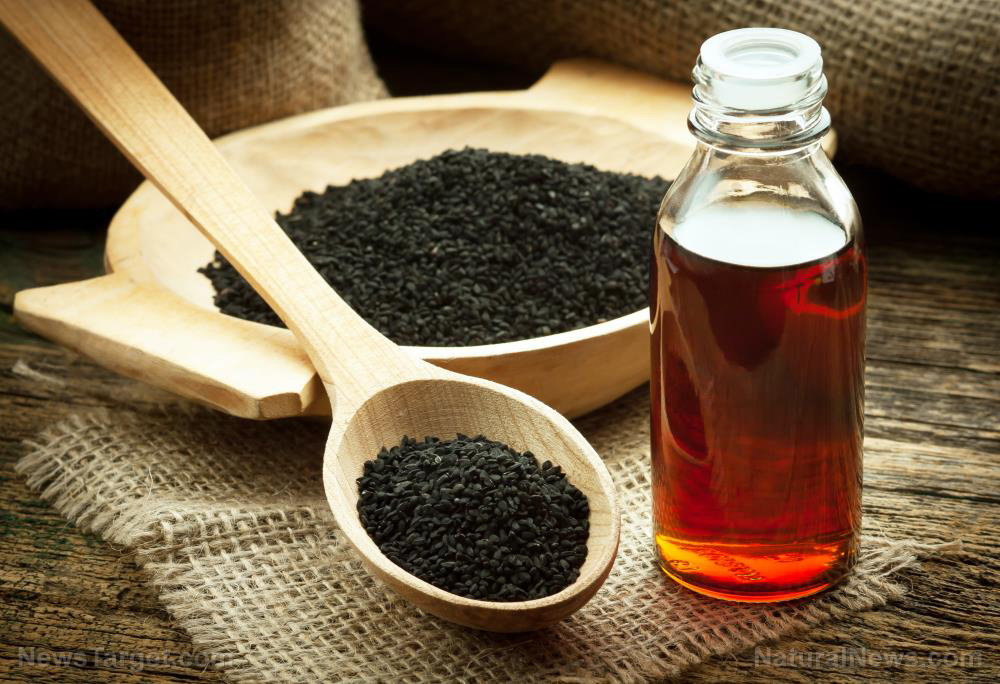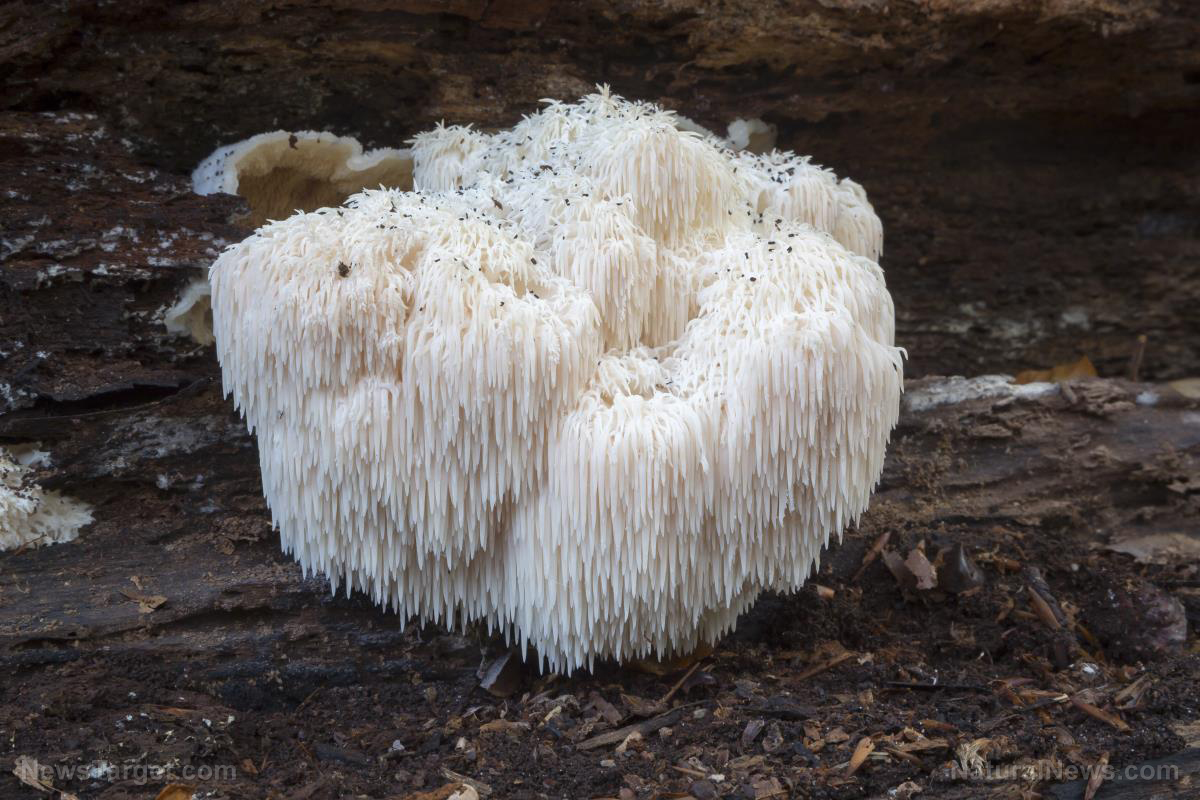It’s time to look at galangal, ginger’s lesser known (but equally potent) relative
08/29/2019 / By Janine Acero
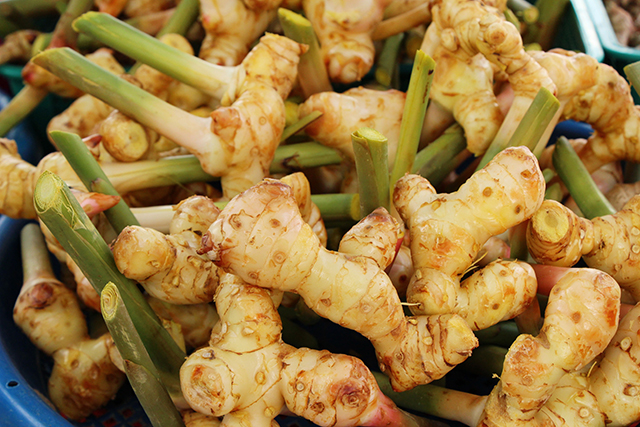
Ginger is a popular spice renowned for its uses in food and medicine. Many studies support its health benefits, but little is known about its potent relative – galangal. Now scientists from India evaluated the physicochemical composition of the essential oil of Kaempferia galanga, commonly known as galangal or aromatic ginger. Their findings appeared in the Journal of Essential Oil Research.
Galangal is a medicinal plant widely used in the preparation of both traditional and modern medicines around the world. This plant is widely cultivated throughout Southeast Asia, particularly in the regions of Indonesia, China, Cambodia, India and Taiwan. People describe galangal’s taste as citrusy and earthy at the same time, with a kick of spice.
For their study, the team from India collected K. galanga germplasm from the southern states of Kerala and Karnataka and evaluated the samples for essential oil content and oil composition. They analyzed volatile oil isolated from rhizomes of K. galanga L. by hydrodistillation using gas chromatography (GC) and gas chromatography-mass spectrometry (GC/MS).
The researchers identified 38 aroma compounds in the rhizome oil, representing 96.4 to 98.9 percent of total oil. The two major compounds identified were trans-ethyl-p-methoxycinnamate (28.4–70.0 percent) and trans-ethyl cinnamate (11.5–26.6 percent) which constituted 50.3 percent to 84.8 percent of total oil.
Other important chemical compounds present include:
- Delta-3-carene (0.1–6.5 percent)
- 1,8-cineole (0.2–5.2 percent)
- Borneol (1.0–2.4 percent)
- Pentadecane (6.0–16.5 percent)
The researchers found that trans-ethyl-p-methoxycinnamate and trans-ethyl cinnamate were the most vital constituents responsible for most of the medicinal properties of K. galanga L.
Based on these findings, the researchers conclude that the promising accessions identified could be exploited for large-scale cultivation of K. galanga L. for obtaining higher yields of pharmacologically important constituents.
Medicinal properties and uses of aromatic ginger
Galangal root is a low-calorie herb used by traditional healers to address indigestion, colds, and ringworm infections (fungal dermatitis), among others.
Its rhizome comprises several flavones like galangin which is responsible for the pungent taste of this root. Other flavones found in galangal are alpinin, kampferide and 3-deoxy-4-methoxy flavone. These compounds all contribute to the antimicrobial, anti-inflammatory, antifungal, antitumor, and gastroprotective properties of galangal.
The rhizome is also packed with essential nutrients such as pyridoxine, riboflavin, vitamin C, and pantothenic acid, plus a good amount of minerals like iron, potassium, manganese, copper, selenium and magnesium. Together, these constituents work to keep skin and hair healthy and are all required for optimal health.
The rhizome is also said to be an aphrodisiac in Arabian traditional medicine. However, no scientific studies back its claim in the treatment of sexual dysfunctions.
Here are some more medicinal benefits of galangal:
- Its infusion is used to treat bad breath (halitosis), stimulate appetite and to reduce ulcer pain.
- Its extract is used for nerve weakness and nerve diseases as it stimulates and strengthens the nervous system.
- Regular consumption of galangal tea improves heart health, cardiac output and blood supply to the vital organs.
- Its ying effects can reduce phlegm and asthma episodes during winter.
In traditional Chinese medicine, galangal is known as having ying (warming) effects on the human body, and used to treat cold illness and epigastric pain. In Ayurveda, galangal extract is used to relieve the common cold, acid-peptic symptoms, cough, and sore throat.
Galangal root can be used as a tincture, a decoction or in powder form, and as a medicine. The recommended daily dose of galangal is usually around 6 g.
Galangal can also be used as a tea. Use half to one teaspoon of coarsely ground root in a cup of boiling water and steep for five to 10 minutes. Drink three cups of galangal tea every day 30 minutes before meals.
To enhance your digestion, use 20 drops of tincture in 1 mL of warm water three times every day. For nausea and motion sickness, drink the tea or 250 mg of ground root in capsules twice every day.
Sources include:
Tagged Under: alternative medicine, aromatic ginger, Ayurvedic medicine, Chinese medicine, digestion, disease treatments, essential oil, food cures, food is medicine, galangal, ginger, herbal medicine, Herbs, natural cures, natural medicine, nutrients, phytonutrients, prevention, remedies, research
RECENT NEWS & ARTICLES
COPYRIGHT © 2017 PHYTONUTRIENTS NEWS










